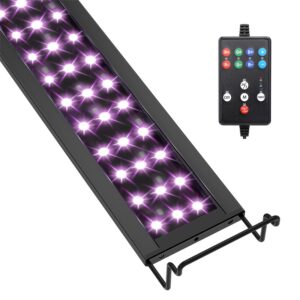Which Species of Fish can Change Gender
Can fish change gender? Did you know some fish hold the secret to changing their sex? That’s right, over 500 species, from the beloved clownfish of Nemo fame to the vibrant kobudai, can switch from male to female or vice versa throughout their lives! But why do they do this, and what can these fascinating creatures teach us?
Unravel the mysteries of this aquatic phenomenon as we explore the incredible world of sex-switching fish. We’ll meet species like the protogynous clownfish, starting as males and transforming into dominant females, and the protandrous kobudai, making the opposite journey.
We’ll uncover surprising facts about fish changing in gender and see how these adaptable wonders can inspire us with their unique reproductive strategies. Dive in and join the adventure – prepare to be amazed by the world of sex-switching fish.
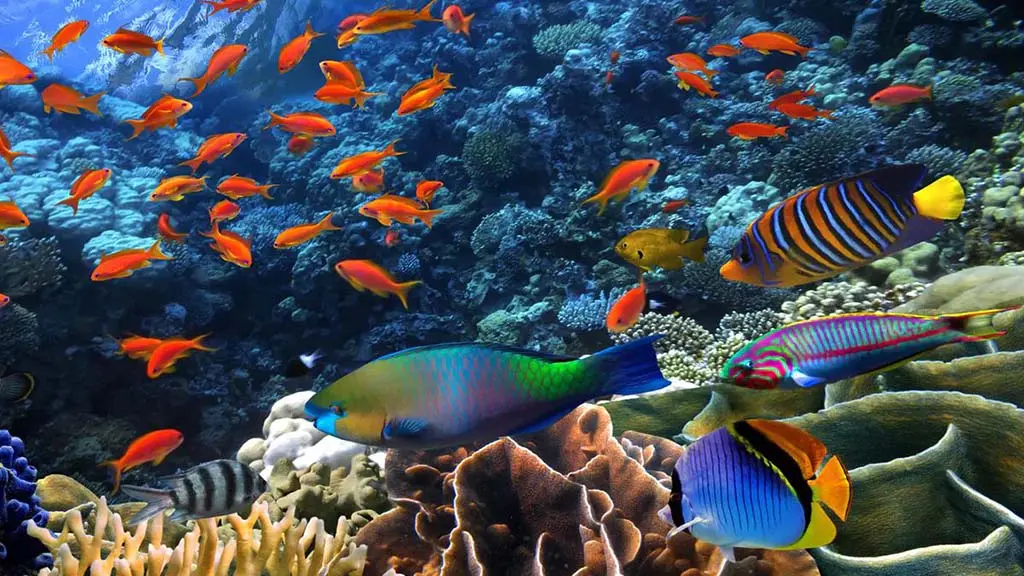
Fish Changes Gender
These incredible fish are called sequential hermaphrodites, which means the fish change sex in some unspecified time in the future during their lives. This transition may be unidirectional, where they switch from one sex to the other and live that way, or bidirectional, wherein they can change from side to side between sexes depending on environmental or social cues. Examples of such fish are Clownfish, Kobudai, and Gobies.
Why Do Fish Trade Gender?
There are numerous reasons why fish have developed this particular trait:
1. Maximizing reproductive output
By switching sex, a few fish can correctly double their reproductive lifespan. Starting as females whilst young and smaller, they can produce many eggs. Later, as they develop larger and more dominant, they switch to adult males, maximizing their risk of fertilizing more eggs.
2. Social dynamics
In certain species, intercourse is determined with the aid of social hierarchy. The dominant fish, typically the most important, turns into the male, while smaller people continue to be women. If the dominant male disappears, a woman can alternate intercourse to fill the distance and ensure the group’s reproductive achievement.
3. Environmental elements
Some fish reply to changes in their environment, inclusive of populace density or meal availability, by way of switching intercourse. This lets them conform and optimize their reproductive method.
What Fish Can Change From Female to Male
The underwater world holds many marvels, and the potential of these wonder fish to switch genders is certainly one of all of them! Here are incredible fish that could change from girl to male.
1.Bluehead Wrasse (Thalassoma bifasciatum)
| Living in vibrant coral reefs, bluehead wrasse fish stay in harems with an unmarried dominant male and a couple of ladies. If the male disappears, the biggest lady undergoes a dramatic transformation to become the brand-new male, entirely with a colorful blue shade. | 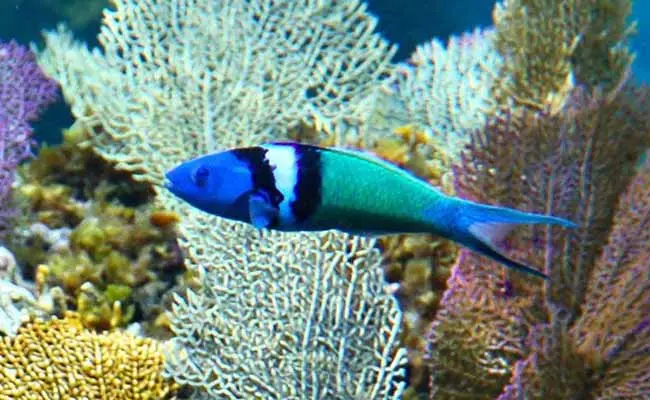 |
2. Kobudai (Oxyurichthys ophthalmolepis)
| Found in the Indo-Pacific vicinity, Kobudai fish begin their lifestyles as women. As they grow large, they grow to be dominant men with placing red and blue markings, taking over harems of females. | 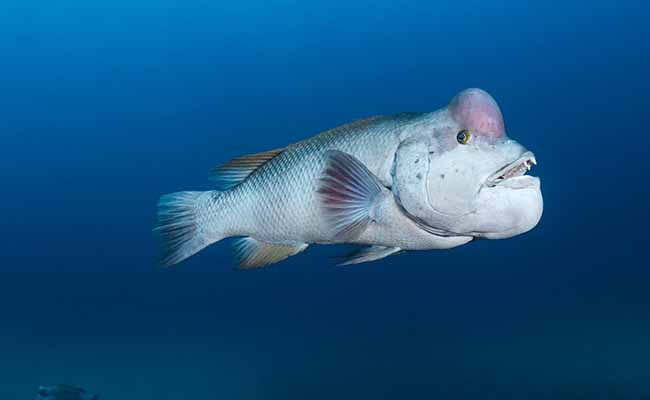 |
3. Fathead Minnow (Pimephales promelas)
| These common freshwater fish showcase a unique shape of intercourse trade driven by hormones. In groups with only ladies, a few individuals become dominant “superfemales” with male-like characteristics, together with larger fins and territorial conduct. | 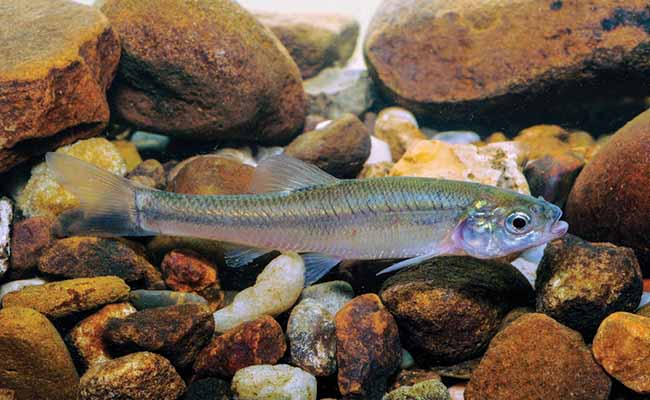 |
4. Blackchin Parrotfish (Sparisoma radians)
| These colorful reef fish begin life as females and stay in massive schools. As they mature, some grow to be dominant “terminal segment” adult males, growing wonderful blue heads and enlarged bodies to defend their harems. | 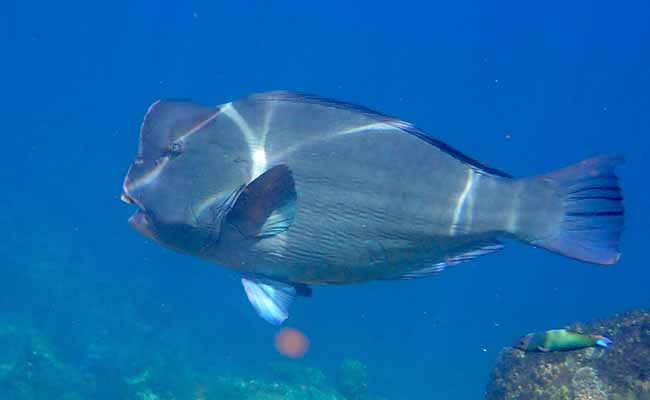 |
5. Sixstripe Wrasse (Halichoeres bathyphilus)
| These Caribbean Sixstripe wrasses live in small harems with a single dominant male and a couple of females. If the male is eliminated, the biggest lady adjusts sex to take his vicinity, displaying the male’s colorful blue shade and territorial conduct. | 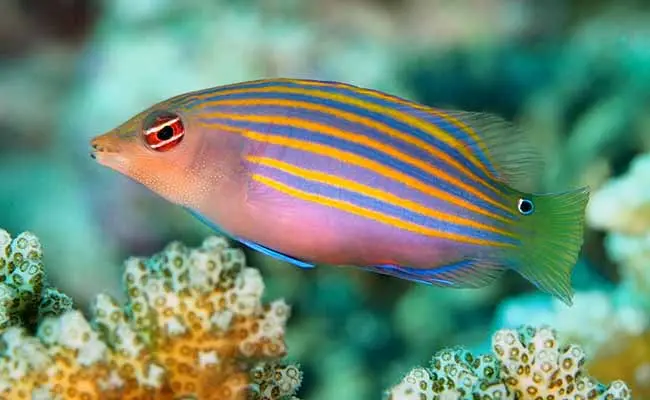 |
6. Coral Trout (Plectropomus leopardus)
| Found in Indo-Pacific reefs, these massive fish start as females and stay in harems with an unmarried dominant male. As the male a long time or dies, the most important woman transforms into a male, making sure to continue breeding inside the organization. | 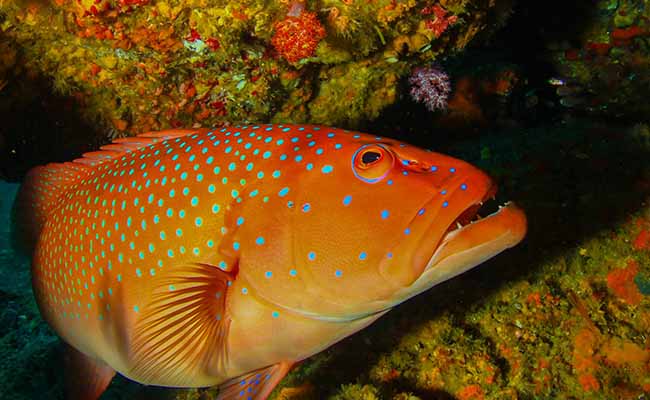 |
7. Clown Fish
| These vibrant orange beauties clown fish, popularized by the movie “Finding Nemo,” begin life as males. However, the dominant female in a group will suppress the reproductive function of other males, triggering one of them to transform into a female to take her place. | 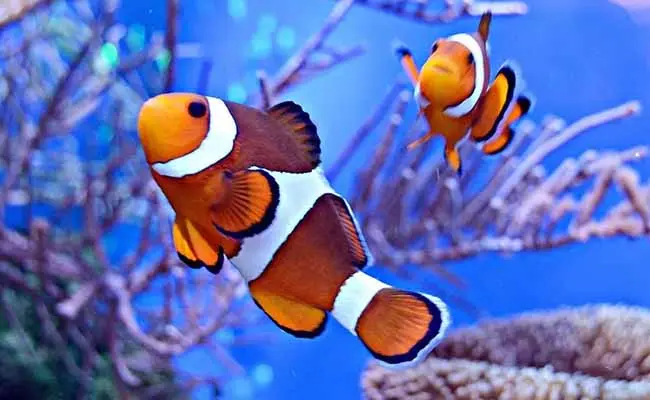 |
What Fish Changes From Male to Female
1. Cleaner Wrasse
| The Bluestreak cleaner wrasses live in harems with one major female and many smaller males. If the largest female dies, this male will be transgender to become the new female. | 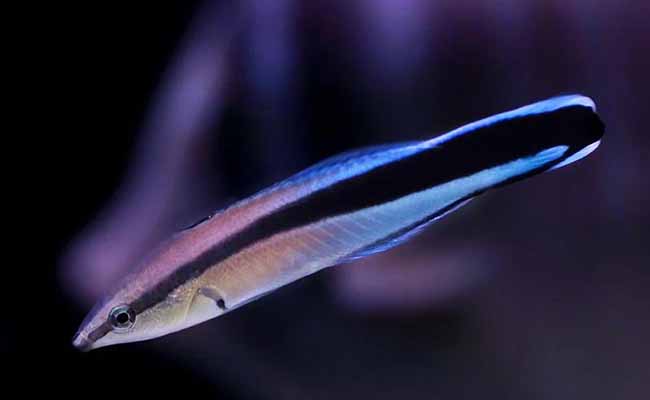 |
2. Wrasses
| Several wrasse species and some of the best-known plus their equivalents are the hogfish and the peacock wrasse. These species exhibit sex change upon social cues, which is either stimulated by the death of a dominant female or the emigrating snails. | 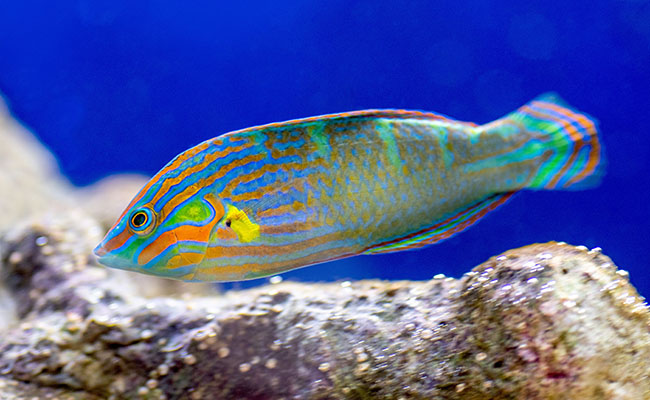 |
3. Groupers
| Species of the different groupers like the black grouper and the gag grouper also practice sequential hermaphroditism. In these species, the sex change is triggered by size, and the biggest fish becomes female. | 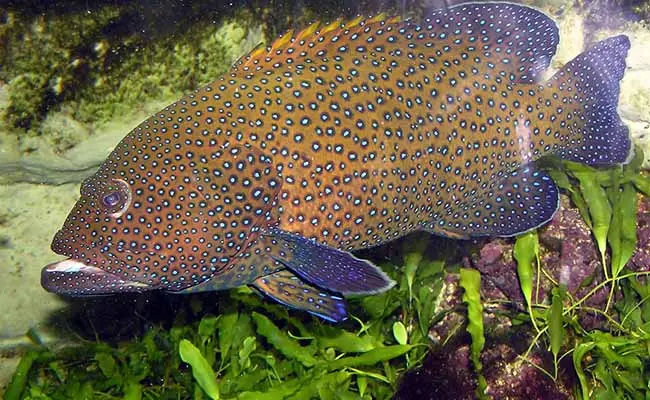 |
4. Swordfish
| Swordfish are offbeat individuals who can change their sex multiple times throughout their lifetime. It is thought that sex change is influenced by the environment, signaled by the availability of food. |  |
5. Sea bass
| Some species of bocasse fish, for example, the painted sea bass and the Chilean sea bass, can change their sex by sequential hermaphroditism. In this type of species, age-based sex change is observed as the older fish turn into females. | 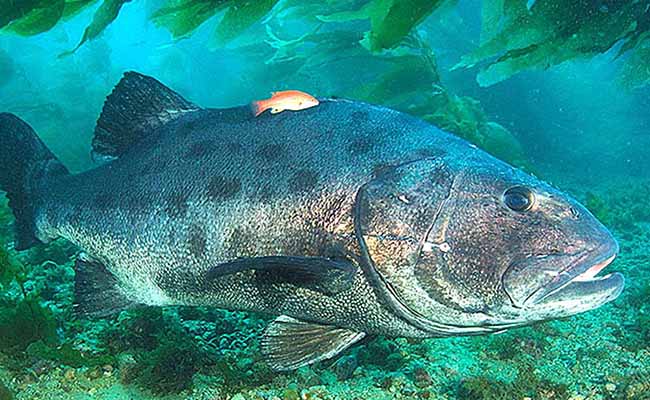 |
6. Clownfish
| Clownfish are born male and change into females as they mature. They live in small groups within protective sea anemones, with one breeding male and female pair and several subordinate non-breeding fish. If the female dies, the largest male will transform into a female to take her place. | 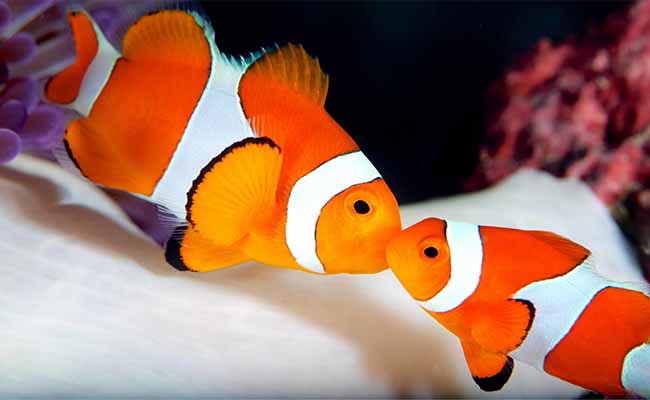 |
7. Tuna
| Bluefin tuna and yellowfin tuna are among the species of tuna that display sexual alternation, which is, sequential hermaphroditism. Such gender change is usually size-dependent in these species, with the largest member of the group becoming a female. |  |
Surprising Facts About Fish That Change Gender
- It’s not only about one or two. About 400 fish species exhibit sequential hermaphroditism.
- Fish changes gender based on environmental cues like population size and competition. It plays the role of providing the right setting for successful rearing.
- With some species, the more aggressive ones become the dominant males, and the more passive ones turn to females.
- Some species of fish, such as clownfish, can change their sexes between male and female when the social relationships in their group change.
- In different species, the mechanisms of sex change are also diverse. Some of them relate to hormones, while others necessitate a restructuring of the whole reproductive organs.
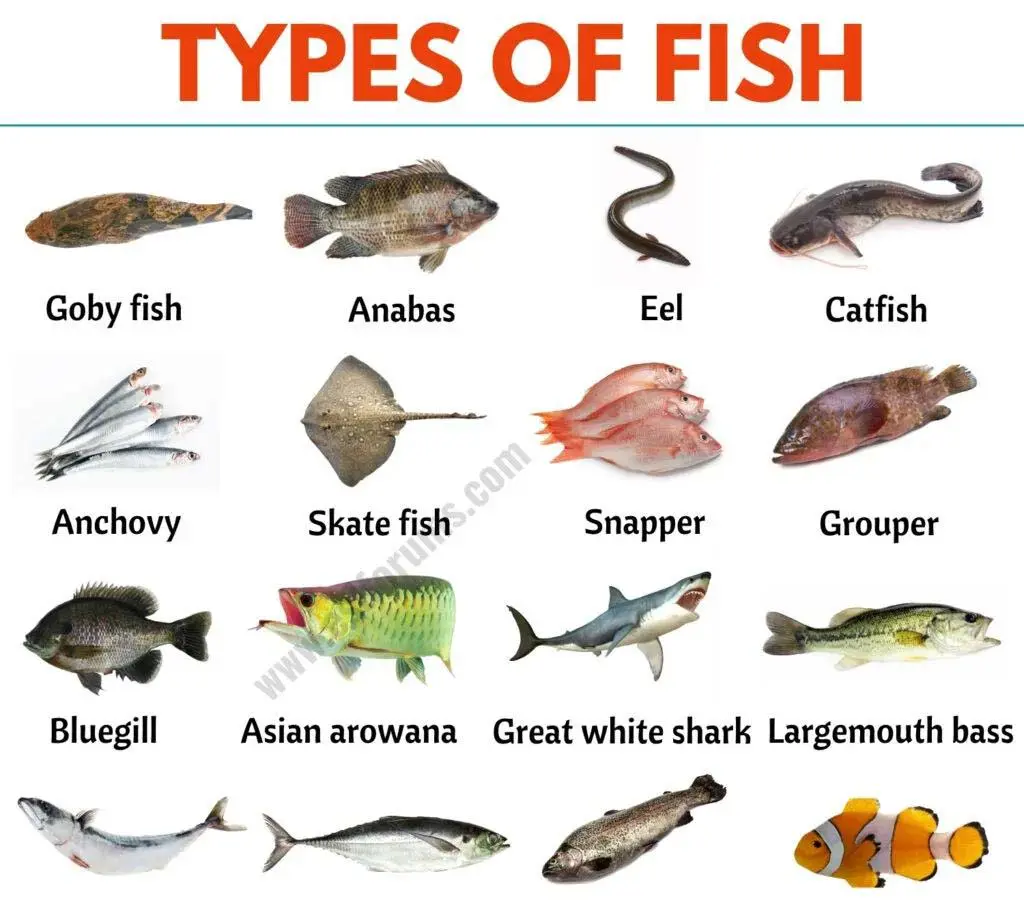
Lessons Learned
- Nature is diverse: Fish challenge our traditional view of gender which presents it as a fixed and only two categories, revealing the multitude in nature to us.
- Flexibility is key: Fish are persistent in the face of changing circumstances, something that we often can see as adaptability or sometimes just sheer endurance.
- Community matters: To ensure the health of the group, individual requirements are often, therefore, sacrificed, as shown by the examples of a change of sex of some fish.
- There’s more to gender than meets the eye: Fish may make us realize that these assumptions are sometimes too narrow, and lead us to a broader definition of what it is to be male or female.

